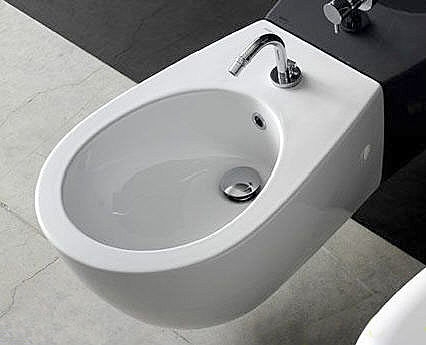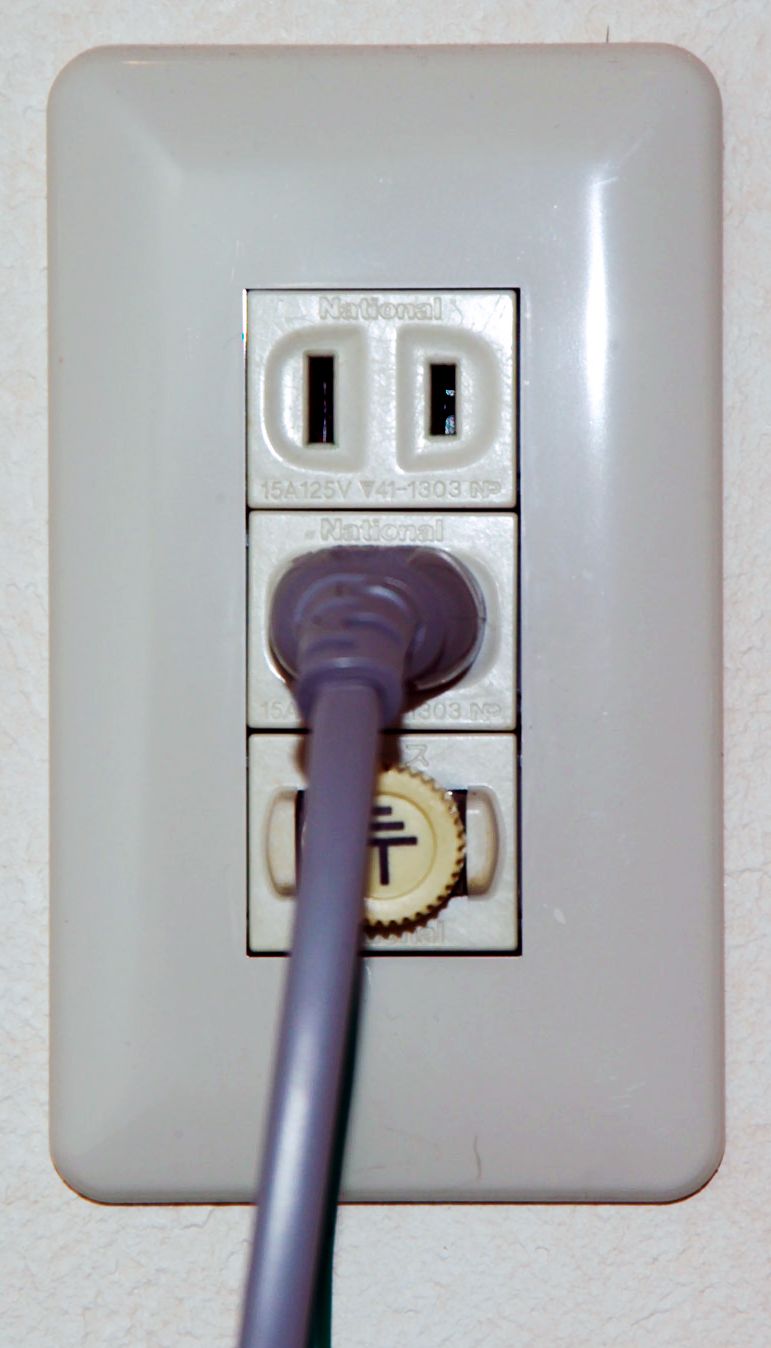Looking to install one of these in the UK.
There's quite a bit of information relating the the USA here http://www.japan-guide.com/forum/quereadisplay.html?2+48109
But little about the UK. These are not easily available for the European market and those that are are about 2-3 times the price of importing from Japan.
In terms of the electrics
110V
about 500W
Supplied with a two-prong Japanese plug (RCD attached) with separate earth wire http://upload.wikimedia.org/wikipedia/commons/d/dd/OutletPlug.jpg
http://upload.wikimedia.org/wikipedia/commons/d/dd/OutletPlug.jpg
My plan was to fit a 1000W 230 to 110V transformer in the loft and then run down a cable to the bathroom going into a standard flex outlet plate and then attach this to the toilet (after cutting the Japanese plug off). The transformer would, of course, be attached to a RCD protected circuit.
Other options would be to obtain a Japanese socket and fit this in the bathroom rather than the flex outlet plate.
Any better ideas?
There's quite a bit of information relating the the USA here http://www.japan-guide.com/forum/quereadisplay.html?2+48109
But little about the UK. These are not easily available for the European market and those that are are about 2-3 times the price of importing from Japan.
In terms of the electrics
110V
about 500W
Supplied with a two-prong Japanese plug (RCD attached) with separate earth wire
My plan was to fit a 1000W 230 to 110V transformer in the loft and then run down a cable to the bathroom going into a standard flex outlet plate and then attach this to the toilet (after cutting the Japanese plug off). The transformer would, of course, be attached to a RCD protected circuit.
Other options would be to obtain a Japanese socket and fit this in the bathroom rather than the flex outlet plate.
Any better ideas?



